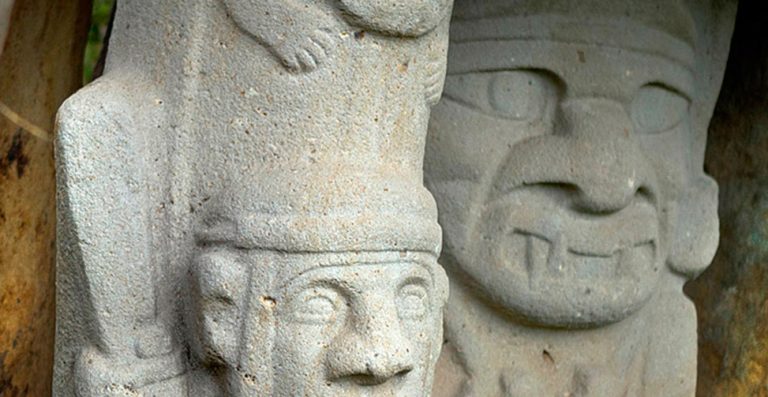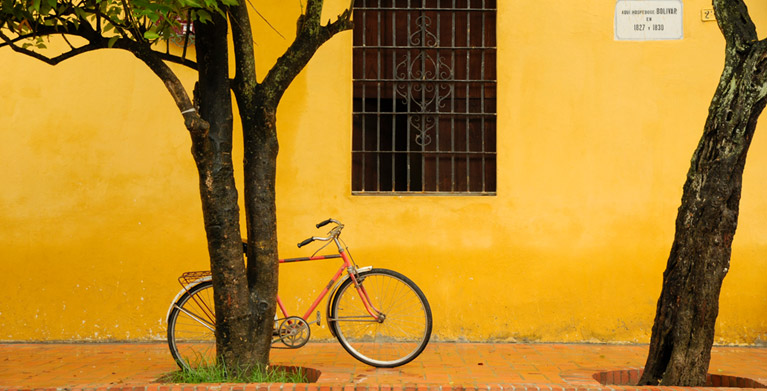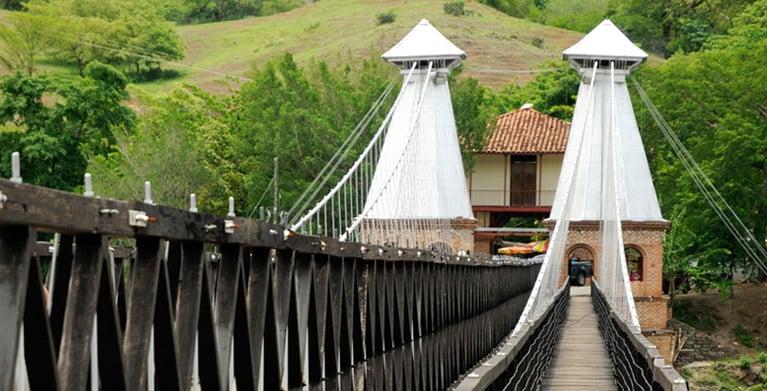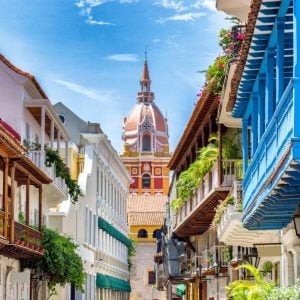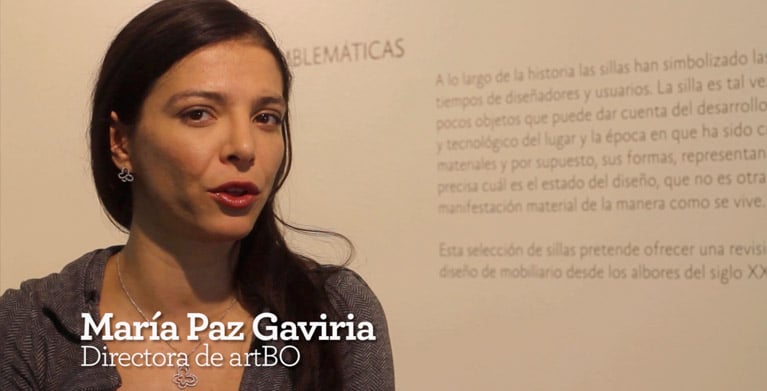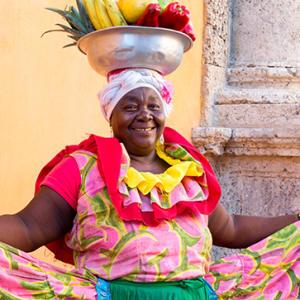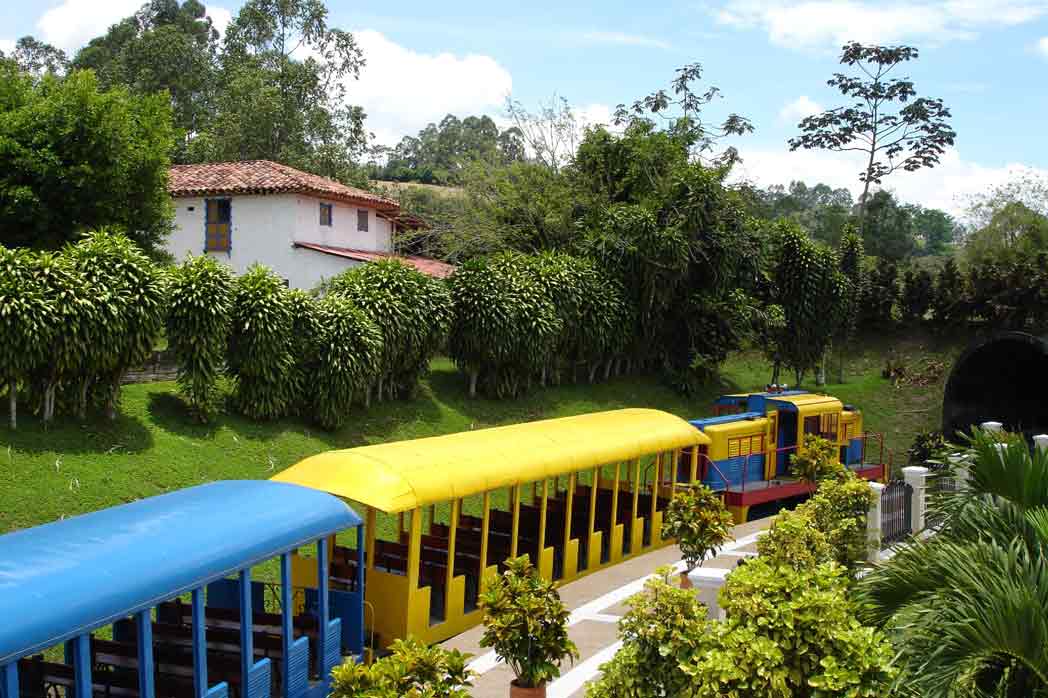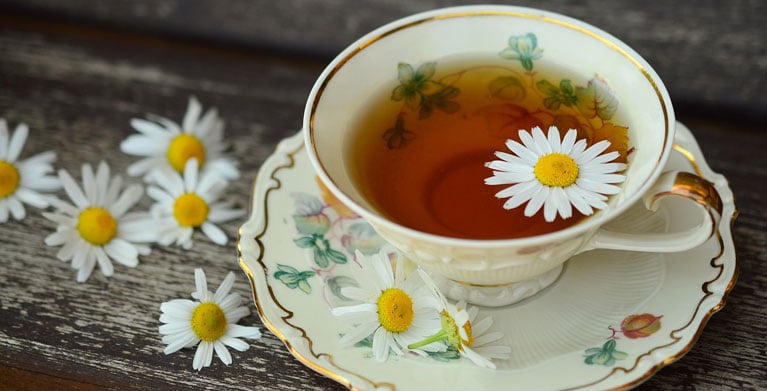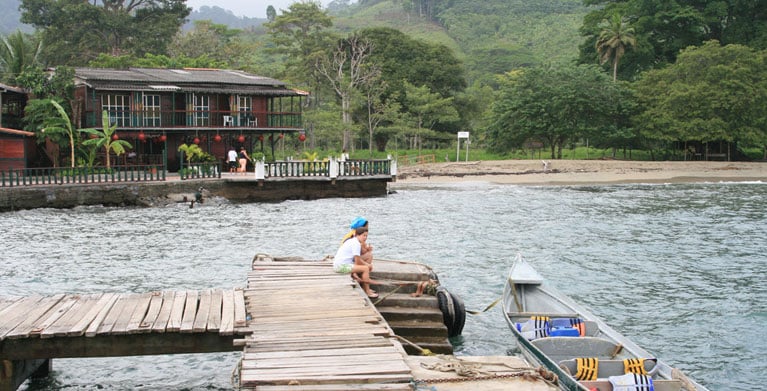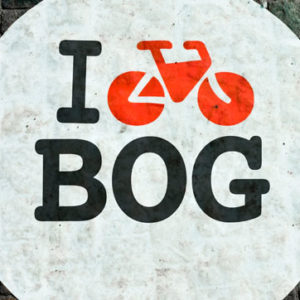The pre-Columbian era began in the fifth century BC through the Isthmus of Panama, when the first settlers reached the Colombian territory: the Chibcha family. Over time, due to great differences in their idiosyncrasies, the group was divided into the Caribes, the Arawaks, and the Muiscas, which were relatively small tribes that left important cultural legacies.
With vast cultural and technological development, the Muiscas settled in the central region of the country. They were farmers, weavers, miners, and goldsmiths. “El Dorado” myth, of Muisca origin, is part of the ceremony in which a new chief (cacique), bathed in gold and was taken to the center of the Guatavita lake.
Another family that is part of Colombia’s pre-Columbian history is the Arawak family, located in Guajira and Caquetá. Their activities involved in cattle raising, agriculture, fishing, and hunting. The Caribe family engaged in similar trades, but it was warmongering and did not leave evidence of any significant cultural development. Polytheism was a common trait among these populations.
During pre-Columbian times in Colombia, about twelve different cultures settled in the Colombian territory before the Conquest, including the Quimbaya, Sinú, Tayrona, and Calima, who were also pottery and goldsmithing experts.
Places to experience the pre-Columbian culture firsthand in Colombia.
Bogotá houses the Gold Museum, with the largest pre-Hispanic goldsmith collection in the world. Located in the historic center of the capital, this emblematic site represents an unparalleled opportunity to relive the history of the Americas.
Pre-Columbian cultural pieces can also be found in the Archaeological Museum Casa del Marqués de San Jorge and the National Museum in Bogotá, the Quimbaya Culture Museum in Armenia, the Tayrona Culture Museum in Santa Marta, and the Sinú Culture Museum in Cartagena.
The San Agustín Archaeological Park in the department of Huila portrays imposing representations of beasts, animals, and gods of the culture that inhabited the region between the first and eighth centuries. Declared a World Heritage Site, the park contains the largest graveyard in the continent and the largest collection of monuments and megalithic structures in South America.
The Lost City is a beautiful place nestled in the Sierra Nevada de Santa Marta, the highest coastal mountain range in the world. It was built around the year 700, and its 250 terraces are the main archaeological site of the area.
Learn more about our history and discover #TheBestOfColombia

